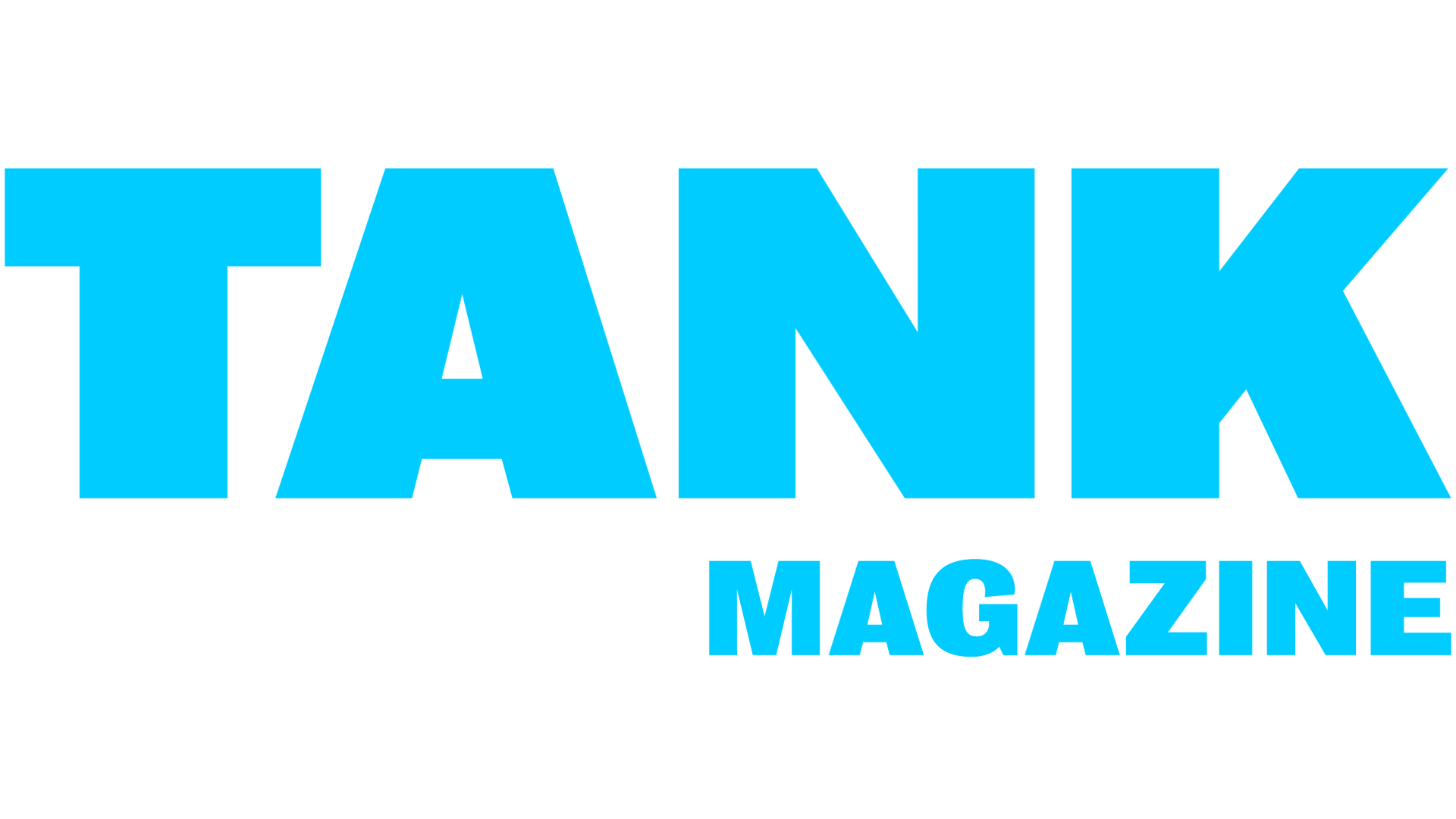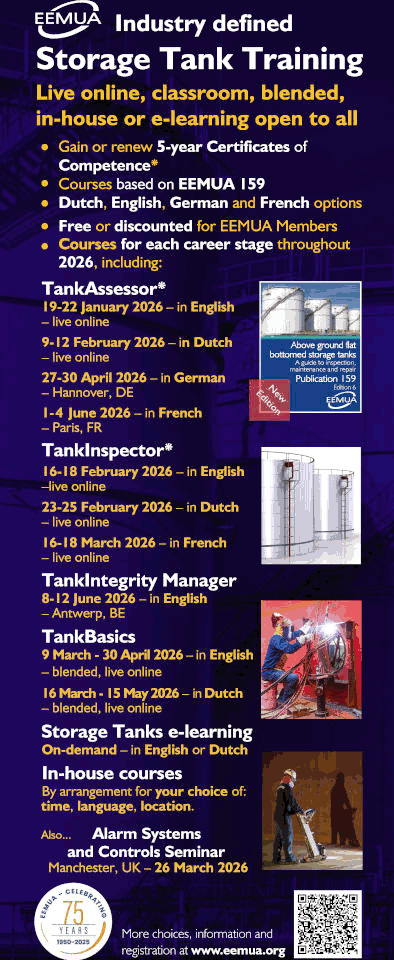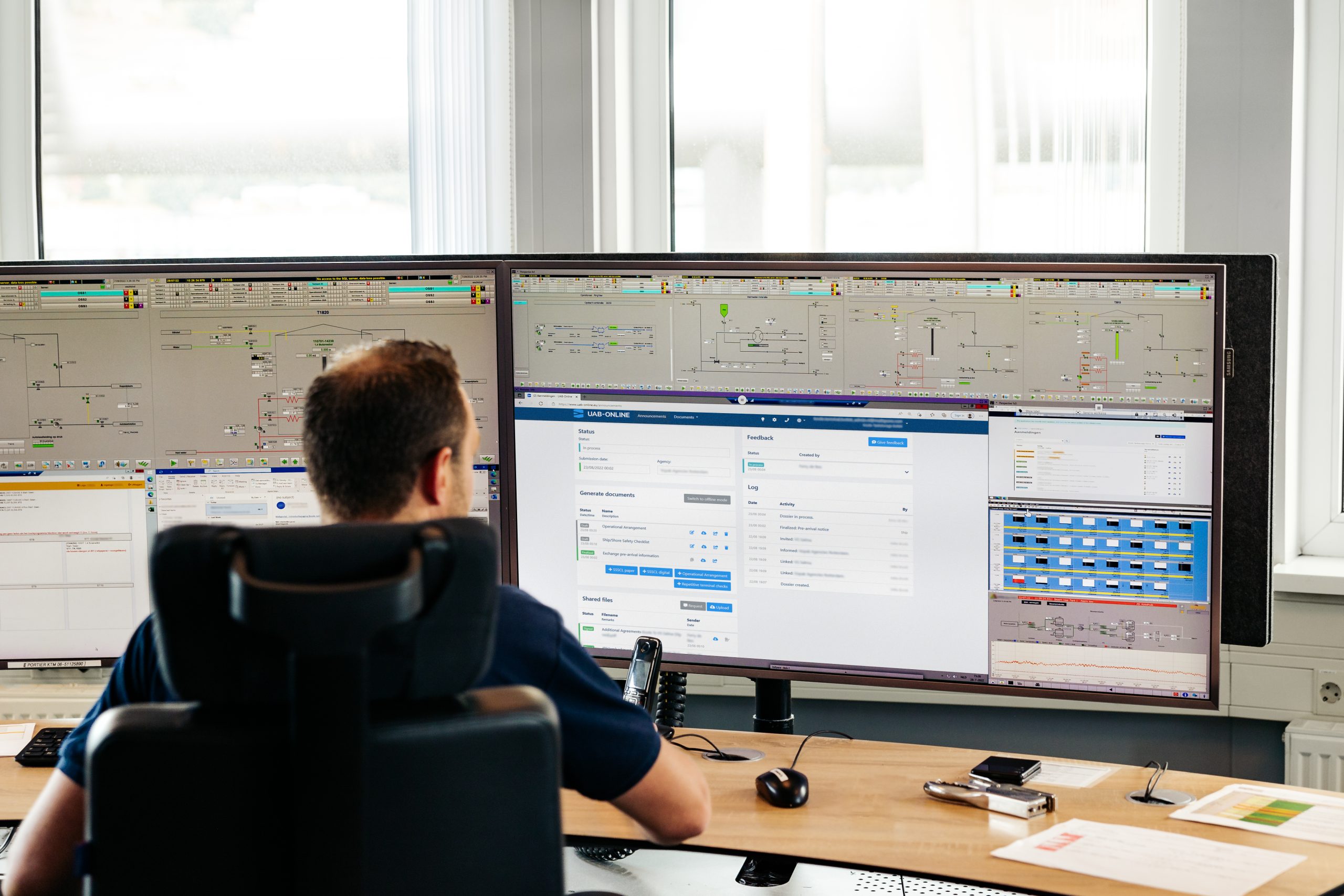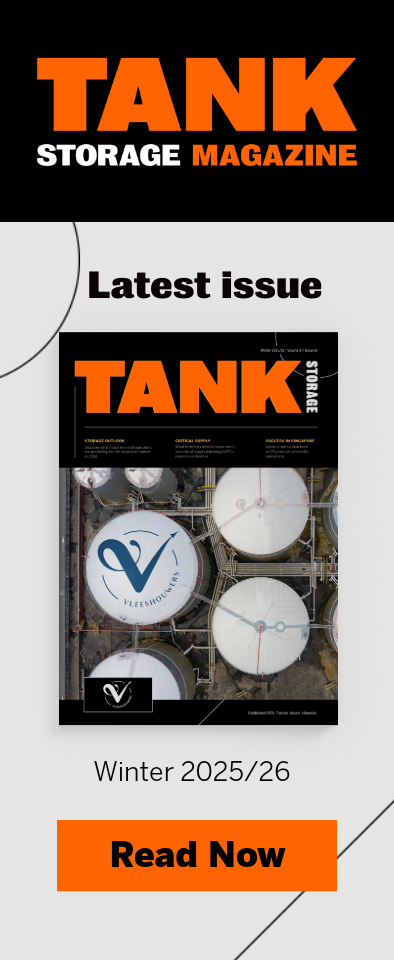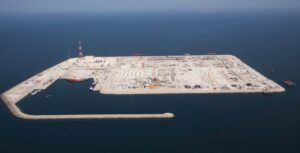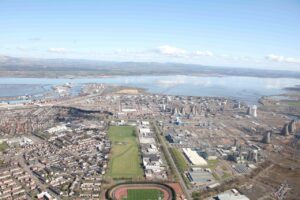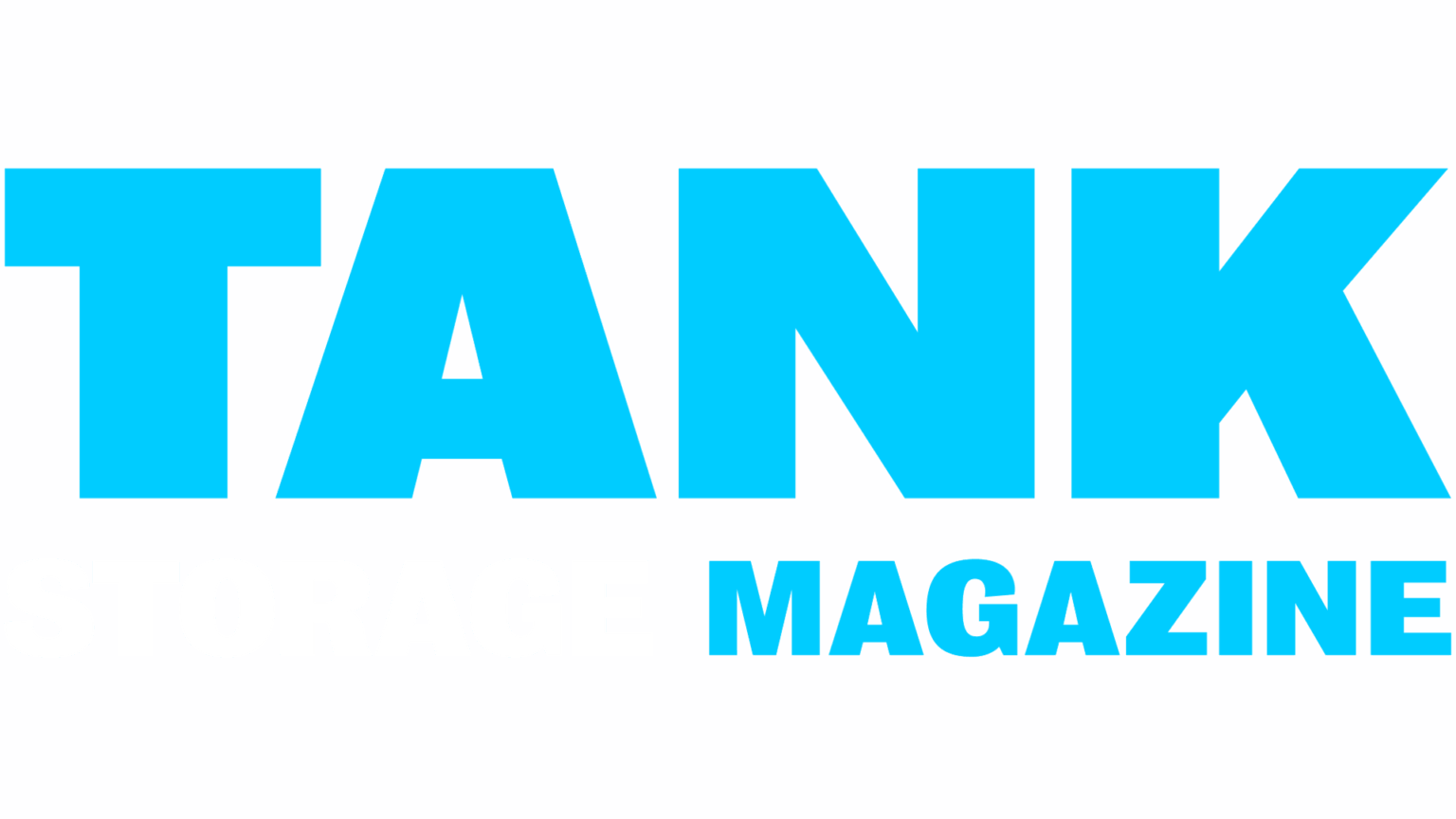Many people wonder if the maritime industry has the will to reach net-zero. After all, there are many challenges to meet. While there are innovators in the maritime sector, it is also an industry with a long tradition of established work processes. However, external pressures are pushing for change. Many environmental laws and regulations are coming into effect that mandate net zero, including IMO regulations.
My expertise is in software platforms for the tank terminal sector and I see ways to streamline terminal operations and cut idle time and emissions. Far too often, we find that the administrative process at the terminal is too complicated and time consuming, with three main issues that need to be improved:
- A lot of time is wasted because terminal operators aren’t able to prepare their work on time/before arrival. Furthermore, if the operator must be on board to exchange and sign documents, time is wasted in walking to the jetty and back.
- The terminal operator faces distractions from too many emails and phone calls. These difficulties are faced by terminal employees and also by other stakeholders like vessels.
- There is too much duplication of effort. The terminal process involves a lot of double data entry, which is not very efficient, and is also error-prone.
IMPROVING SAFETY & OPERATIONS
The solution to these issues lies in digitalising terminal operations, which can reduce the amount of time vessels spend at the berth by undertaking many of the loading and unloading procedures prior to its arrival. The reduced waiting times and port stays, which can save more than 60 minutes per vessel, can dramatically cut engine CO2 and NOx greenhouse gas emissions at the terminals.
Often, measures to improve efficiency come at the cost of safety. But in this case, implementing a digitised process can actually enhance both safety and compliance. During the terminal announcement and (un)loading process, it is of utmost importance to focus on prevention and elimination of risks for employees, the environment, and all parties involved in the operation. A digital process can address hundreds of safety checks to ensure the arrival process is safer and more efficient.
In addition, it is currently very difficult to be compliant with all laws and regulations unless multiple documents are read, filled in, and signed numerous times. By forcing specific workflows for compliance, the digitalised process can also lead to better quality audits and other important metrics for terminal performance.
SOFTWARE SOLUTION
A software solution, such as UAB-Online, enables a streamlined terminal operations process by making an online real-time file accessible to all stakeholders, with all the relevant and required information and documentation necessary to prepare and complete the maritime loading and unloading operation at the terminal. The collaborative nature of the cloud-based application connects other stakeholders including surveyors, agents, charterers and traders who have real-time access to the digital announcement of the vessels.
UAB-Online is taking a leading role in streamlining the workflow for terminals with a software solution that has been in use for several years in the Amsterdam-Rotterdam-Antwerp region and is now expanding to Houston, Singapore, and other deep-sea ports. More than 10,000 visits per month flow via UAB’s platform.
The UAB-Online software solution is focused on simplifying the loading and unloading operation and making the administrative process smoother, more reliable, efficient, and compliant. The application consists of smart functionalities for terminals, barges and vessels, agents, surveyors, and shipping agencies, all designed to optimise the complete process from pre-arrival to departure.
Customers are seeing first-hand the benefits of digitising their terminal operations with the UAB-Online software solution. They witness reduced port stays of 79 minutes on average, which means reduced idle time and greenhouse gas emissions. They also see an average 76% error reduction on safety documents. This kind of improved performance is proof that digitising the terminal process creates benefits in multiple ways.
We believe there are many more potential benefits to digitalising terminal operations and we work closely with stakeholders on a continuous basis so we can introduce even more features and functionality to the UAB-Online software solution. To see streamlined workflows that also contribute to helping the maritime industry reach net zero is a great incentive for digitalising today.
Hans Bobeldijk, CEO at UAB-Online will be speaking at StocExpo in Rotterdam on 14-16 March. Register now to secure your place at the conference.
